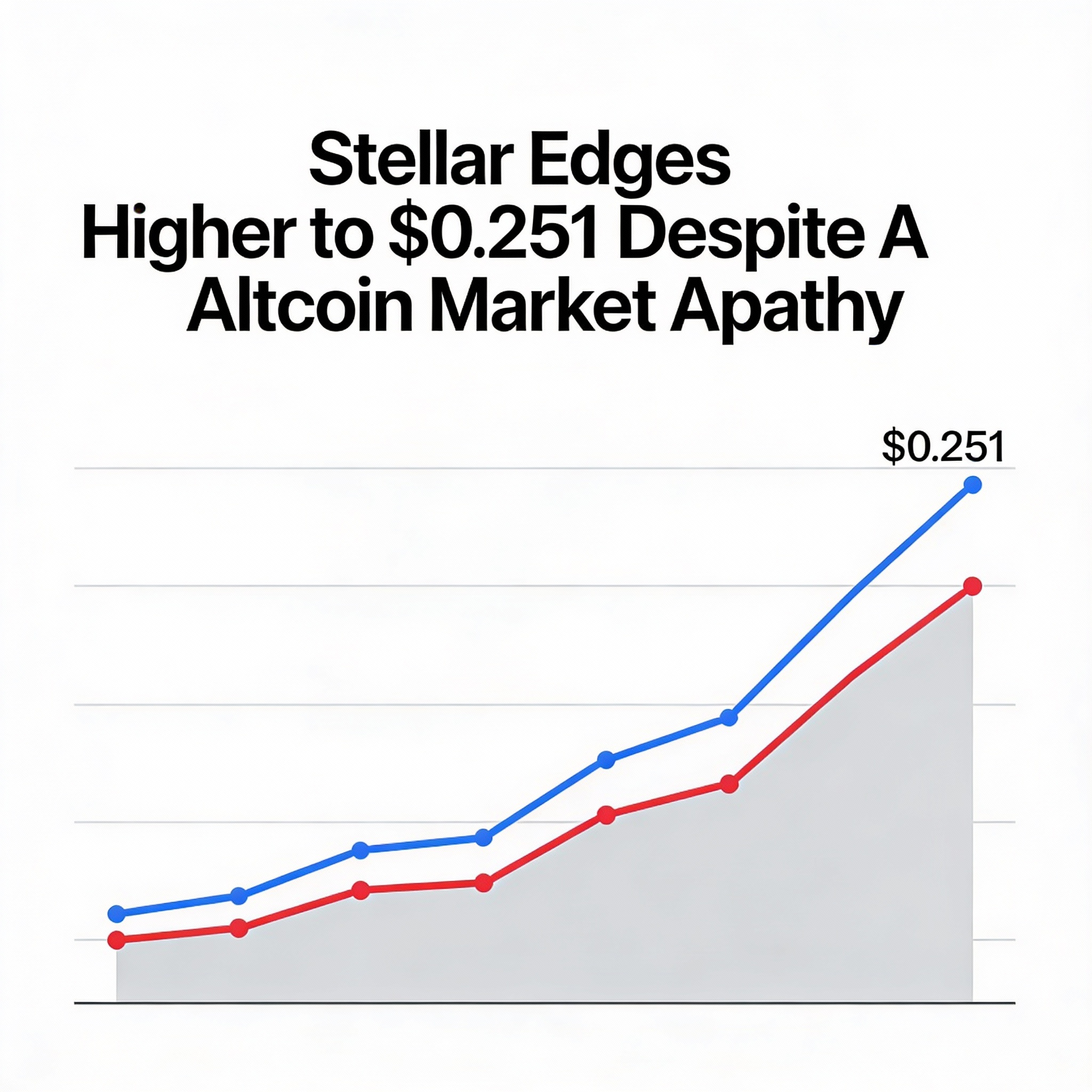Bitcoin (BTC) may be poised for another major price shift, with a key volatility indicator signaling that the market could soon experience significant movement. The Bollinger bandwidth, a tool used to measure price volatility, has tightened to less than 10%, a level not seen since early November, just before Bitcoin saw a major surge.
The Bollinger bands, which are based on a 20-day moving average of an asset’s price, set upper and lower bounds two standard deviations away from this average. The bandwidth represents the difference between the upper and lower bands, and when it narrows, it often signals an impending increase in market volatility.
Historically, when the Bollinger bandwidth has fallen below 10%, it’s often followed by a sharp price movement in either direction. In November, as the bandwidth contracted, Bitcoin surged from $70,000 to $100,000 in a matter of weeks. However, this drop in bandwidth doesn’t always result in price increases — earlier in the year, it signaled a drop, with Bitcoin falling from $69,000 to $54,000 in just three weeks.
At present, Bitcoin is trading near the middle of the two bands, offering no clear direction. Traders are closely watching for a breakout beyond either the upper or lower bands, with a move above the upper band often indicating a bullish run and a drop below the lower band suggesting a bearish trend. As the market prepares for potential volatility, many traders are positioning themselves to capitalize on the upcoming swings.





